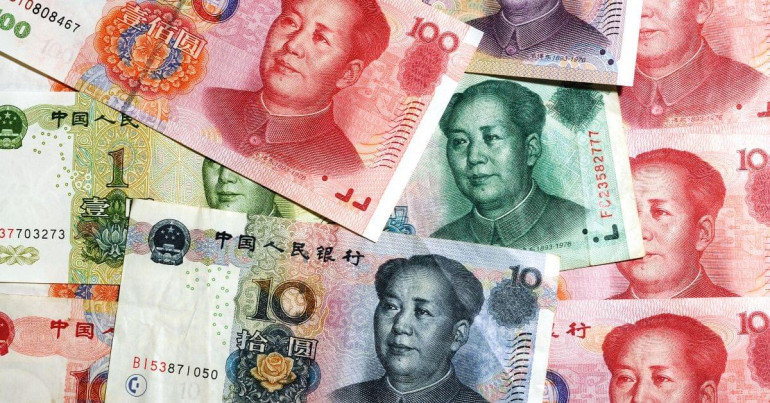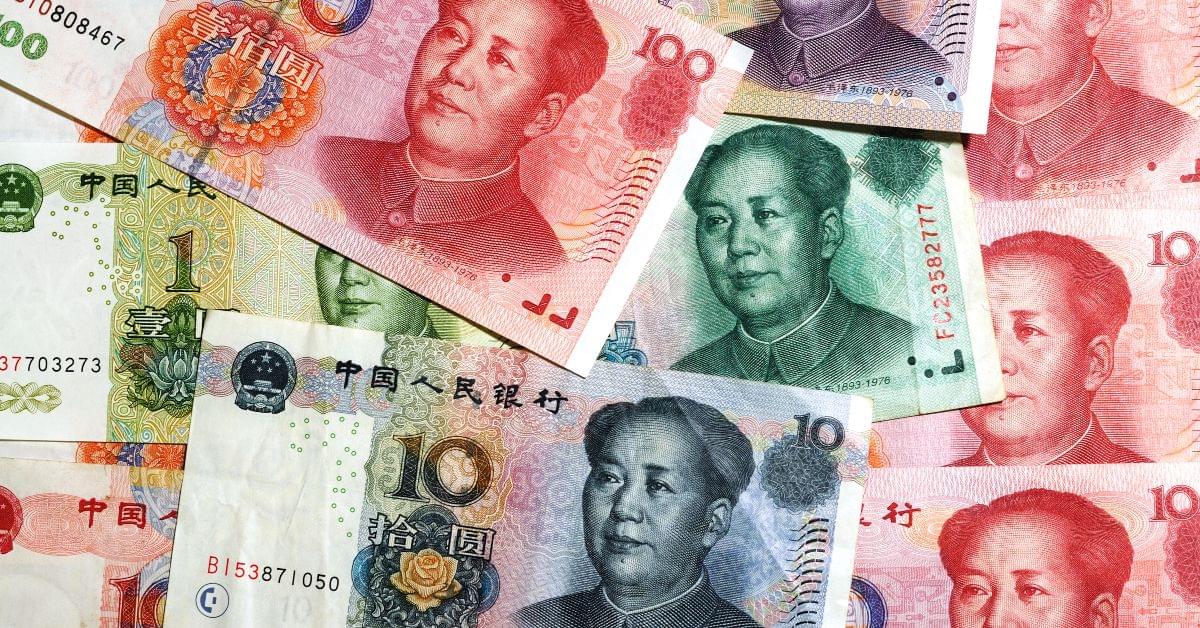
If you’re curious about the difference between the two versions of the Chinese currency (RMB), we’ll help you understand how onshore and offshore Yuan Renminbi differ.
In principle, the Chinese Yuan Renminbi (also known as the Yuan or CNY) is the official currency of China. It is issued by the People’s Bank of China (PBOC).
The Yuan used domestically, also known as the CNY or onshore Yuan, and the Yuan used outside of China, also known as the CNH or offshore Yuan, are different.
In this post, we will examine the distinctions between these two currencies and explain why it is vital to understand them.

China’s currency — a brief history
The Chinese currency, the Yuan Renminbi (RMB), has come a long way since it first entered circulation in the 1950s. The RMB has had a tumultuous journey, from a long period of depreciation against the US dollar in the 1980s to its eventual stability in the currency market in recent years.
In 1994, China introduced a floating exchange rate system, maintaining a managed float against the US dollar. This system revolves around the exchange rate of the CNY against the US dollar, as the Chinese government has relied heavily on this peg to manage the exchange rate.
Apart from a brief devaluation during the financial crisis in 2008 and 2009 to boost exports, the Chinese currency has remained fairly stable against the US dollar since then.
Resisting a fully-floating currency — onshore vs. offshore Yuan Renminbi
Currently, the Chinese Yuan Renminbi can be divided into two different types: Onshore Yuan (CNY) and Offshore Yuan (CNH). The People’s Bank of China (PBOC) is in charge of the Onshore Yuan (CNY), which serves as the People’s Republic of China’s legal tender.
There have been increasing calls in the business world for the Yuan to be allowed to float freely and for any capital controls to be removed.
However, the Chinese leadership has so far resisted and instead accepted the introduction of an offshore market; the “offshore CNY” market (also known as “CNH”) was established in 2010 and is now mainly traded in Hong Kong, Macau and the global currency markets.
The reason for the split between the onshore and offshore Yuan renminbi began in 2010, when the Chinese government began allowing foreign companies to invest in mainland China using RMB instead of US dollars, marking the official internationalisation of the Chinese currency. This way was chosen to encourage exports and thus create a balance of payments surplus for the Chinese economy.
This domestic currency market now works in a unique way — the CNY is allowed to appreciate or depreciate against the US dollar, but only within a predetermined limit. This exchange rate became known as the “daily fix” and is still in use today.
Through this gradual approach, the Chinese government has been able to create an exchange rate regime that works in the interests of the Chinese leadership and most companies, as it has a good degree of control over currency and capital flows and is therefore not exposed to speculative foreign exchange flows.
As a result, the CNY has so far resisted any pressure to appreciate or depreciate sharply, helped by China’s strong export economy and subsequent inflows of US dollars to support the currency peg.
Trading bands set by the PBOC
The currency is now allowed to trade within a narrow range of 2% above or below the mid-rate for the day. Some market observers have noted that if it moves outside these limits, China’s central bank steps in to buy and sell the Yuan, thereby controlling its daily volatility.
It has been effective in stabilising China’s monetary policy and moderating the CNY’s rate of appreciation.
Why the difference between CNY and CNH matters for businesses and investors
The distinction between onshore and offshore Yuan renminbi may seem insignificant, but it is actually crucial to understanding the importance of the Chinese currency in global markets.
Onshore Yuan renminbi is the currency of mainland China and is used for alltransactions in the local economy.
In principle, there is no need to acquire onshore Chinese renminbi unless a company is doing business directly in mainland China. This isolates the onshore Chinese renminbi from speculative currency flows, allowing the PBOC to maintain a high degree of control over currency price fluctuations.
If one wishes to gain exposure to the Chinese currency for speculative purposes or to trade CNH-denominated financial instruments, this can all be done via offshore Yuan renminbi in financial centres such as Hong Kong.
Currently, there is no price differential between CNY and CNH. However, in times of economic stress, such as in 2019, CNY and CNH had spreads of one or two per cent, which were quickly brought under control by the People’s Bank of China.

What does 2023 hold for the Chinese Yuan?
The Chinese Yuan has appreciated slightly against the US dollar since last autumn, as the post-Covid opening has boosted the Chinese economy.
Fears of an imminent devaluation or decoupling of the offshore renminbi, last seen in 2019 due to a property crisis and the ‘trade war’ with the US, seem to be off the table for now, although the Chinese property sector has been under stress recently.
Looking for an expert currency exchange platform to buy Chinese Yuan? Currencytransfer offers competitive rates and great support via a network of FCA authorised partners. Sign-up today for free!
G.C. Wagner
Gustav Christopher is a writer specialising in finance, tech, and sustainability. Over 15 years, he worked in banking, trading and as a FinTech entrepreneur. In addition, he enjoys playing chess, running, and tennis.



